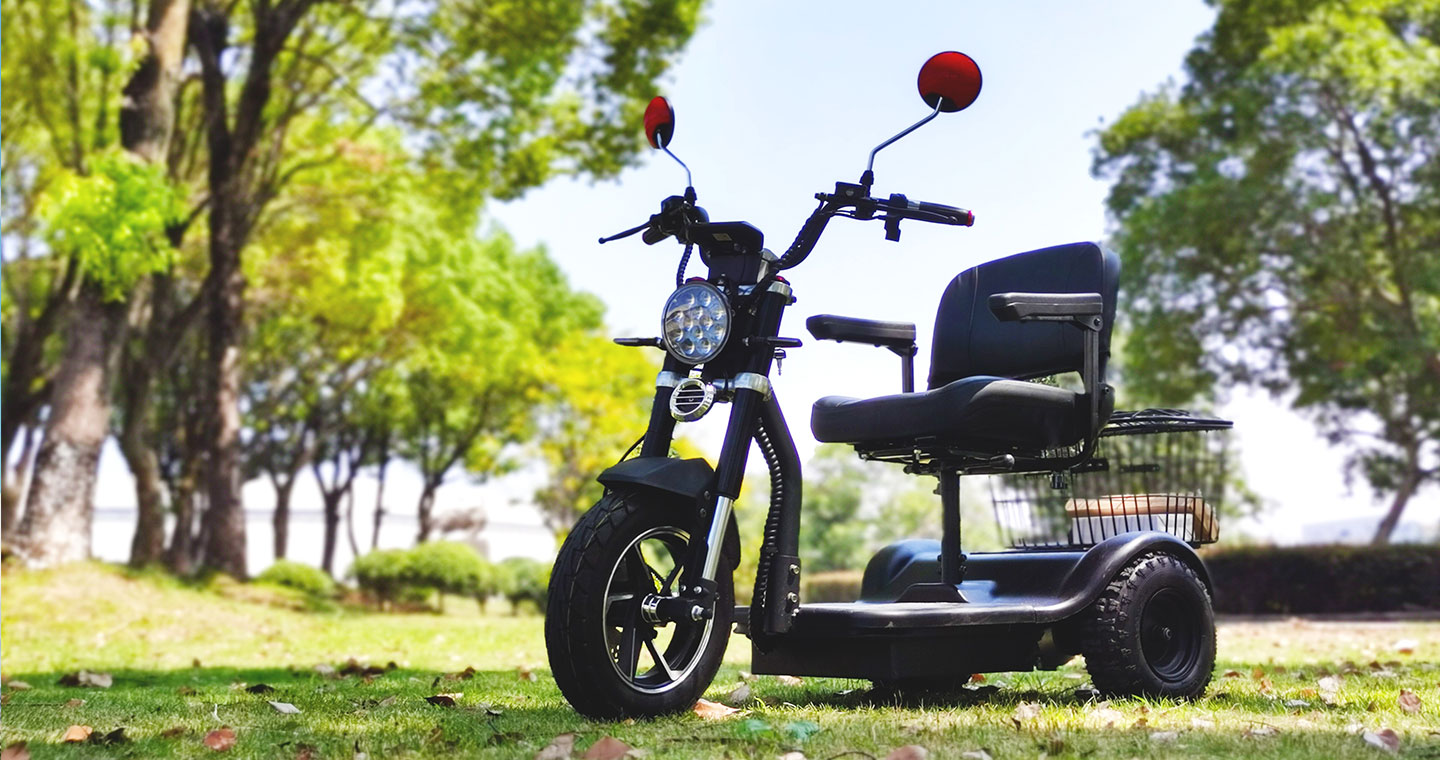What Should You Consider When Sourcing Mobility Scooters in Bulk?
1. Understanding the Market Demand
1.1 Global Market Trends
The global market for mobility scooters is projected to grow significantly, driven by the increasing aging population. By 2050, the EU-27 is projected to have close to half a million centenarians. This demographic shift creates a substantial demand for mobility scooters, making it essential for wholesale buyers to understand the market dynamics.
1.2 Regional Differences
Different regions have varying preferences and regulations regarding mobility scooters. For instance, North America has a significant market share due to its rapidly aging population and high healthcare spending. In contrast, the Asia-Pacific region is expected to be the fastest-growing market due to increasing healthcare needs and technological advancements. Understanding these regional differences can help you tailor your sourcing strategy to meet specific market demands.
2. Supplier Selection
2.1 Supplier Reputation
Choosing a reputable supplier is crucial for ensuring product quality and reliability. Look for suppliers with a proven track record, positive customer reviews, and industry certifications. For example, JBH Wheelchair, Sweetrich Mobility, and Mobility88 are prominent manufacturers in China known for their high-quality mobility scooters.
2.2 Production Capacity
Ensure that the supplier has the capacity to meet your bulk order requirements. Ask for details about their production facilities, equipment, and workforce. A supplier with a large production capacity can handle large orders more efficiently and deliver on time.
2.3 Quality Control
Quality control is a critical aspect of sourcing mobility scooters. Suppliers should have stringent quality control measures in place, including ISO certifications and regular product testing. Request to see their quality control certificates and test reports to verify the reliability of their products.
2.4 Customization Options
Different customers may have specific requirements for their mobility scooters. Look for suppliers who offer customization options, such as adjustable seats, different color schemes, and additional features. This flexibility can help you meet a wider range of customer needs and enhance your product offerings.
3. Product Specifications
3.1 Types of Mobility Scooters
Mobility scooters come in various types, each designed for specific uses and environments. Some common types include:
Folding Scooters: Ideal for frequent travelers due to their compact and lightweight design.
Heavy-Duty Scooters: Suitable for users needing extra support, with higher weight capacities.
3-Wheel Scooters: More maneuverable and suitable for indoor use.
4-Wheel Scooters: Provide better stability and are ideal for outdoor activities.
Sport Scooters: Built for performance, with enhanced speed and range.
3.2 Technical Features
When sourcing mobility scooters, pay attention to the technical specifications of the products. Key features to consider include:
Weight Capacity: Ensure the scooter can support the maximum weight of your target users.
Battery Type: Lithium-ion batteries are generally preferred for their longer life and lighter weight.
Motor Power: Higher motor power can provide better performance and speed.
Range per Charge: The distance the scooter can travel on a single charge is crucial for its usability.
Top Speed: Depending on the intended use, the top speed of the scooter should meet your customers’ needs.
Foldability: For ease of storage and transportation, especially for travel purposes.
Wheel Size: Larger wheels can provide a smoother ride, especially on uneven terrain.
3.3 Safety Features
Safety is paramount when it comes to mobility scooters. Ensure that the scooters you source have essential safety features such as:
Braking Systems: Reliable brakes are crucial for the safety of the user.
Lights and Reflectors: These are important for visibility, especially when using the scooter at night.
Stability Features: Features like anti-tip wheels and low center of gravity can enhance the stability of the scooter.
4. Pricing and Cost Considerations
4.1 Price Negotiation
Bulk purchasing often allows for better pricing. Negotiate with suppliers to get the best possible price per unit. Consider factors such as order volume, payment terms, and long-term partnerships when negotiating prices.
4.2 Hidden Costs
Be aware of potential hidden costs such as shipping fees, taxes, import duties, and any additional charges that may apply. These costs can significantly impact your overall procurement expenses.
4.3 Payment Terms
Agree on clear payment terms with your supplier. Common payment methods include advance payment, letters of credit, and payment upon delivery. Ensure that the payment terms are secure and protect your interests.
5. Logistics and Delivery
Shipping Options
Choose a reliable logistics partner to handle the transportation of your bulk order. Consider factors such as shipping time, cost, and reliability when selecting a logistics provider. Some suppliers may offer free shipping or negotiate better rates for bulk orders, so it’s worth discussing these options.
Post time: Jul-30-2025



